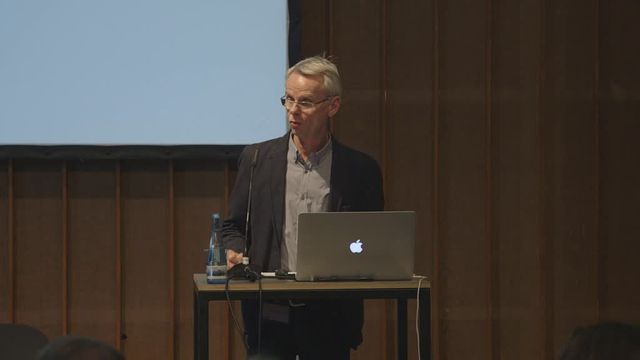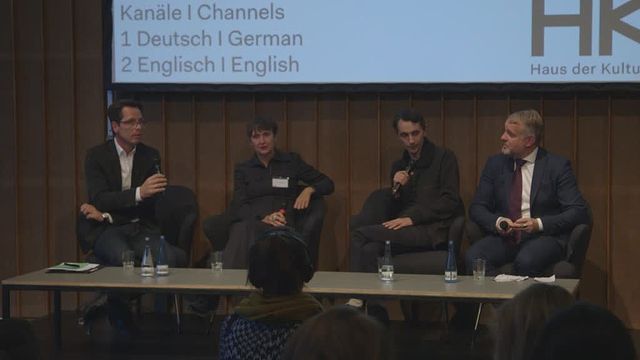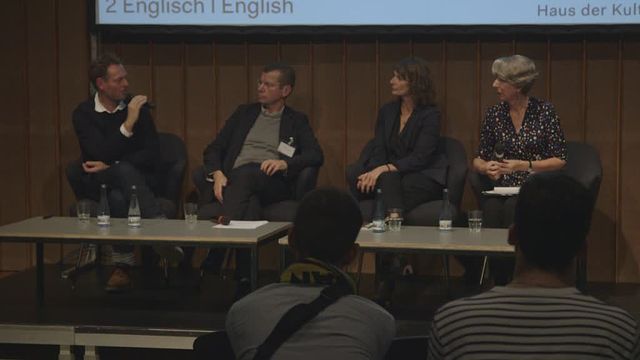Symposium
The Readymade Century: Day 1
With Saâdane Afif, Lars Blunck, Martha Buskirk, Olaf Nicolai and others
3.30pm
Introduction
Bernd Scherer, HKW
Dieter Daniels, Hochschule für Grafik und Buchkunst Leipzig
4pm
Readymade after the Readymade
Chair: Lars Blunck, Akademie der Bildenden Künste Nürnberg
Artist: Saâdane Afif
Respondents: Thomas Girst, Cultural Engagement BMW Group; Annette Tietenberg, Hochschule für Bildende Künste Braunschweig
Fountain revisited, 2017–1917
Since Marcel Duchamp—and especially since his Fountain (1917)—appropriation is a legitimate, nearly given technique within artistic practices. While Duchamp’s readymades historically mark “the extension of the zone of appropriation” (Isabelle Graw), and while in the 1980s appropriation art has been a discursive formation scrutinizing authorship and originality, appropriation has become salient and ubiquitous in contemporary art: Is the contemporary readymade only a symptom indicating effects of post-fordistic consumer culture within the field of art? A panel on Duchamp´s Fountain and its various “successors”
6pm
Readymade Product
Chair: Martha Buskirk, Montserrat College of Art, Beverly Massachusetts
Artist: Olaf Nicolai
Respondents: Tobias Vogt, Ludwig-Maximilians-Universität München; Gesine Tosin, art historian, Berlin
Owning the Everyday
Under what circumstances is it possible to claim authorship or ownership over everyday objects and experiences? Implicit in the readymade is an act of defamiliarization—an unexpected encounter with something that might be commonplace in another context. But equally essential, for the history of art, is the frame of authorship. Given the growing economic significance of copyright and other forms of intellectual property, it is important to examine how these two phenomena are interrelated. What can the art historical tradition of the readymade tell us about the economic importance of ownership over intangible phenomena, and how do intellectual property conventions relate to the ever-expanding scope of conceptually based art practices?


